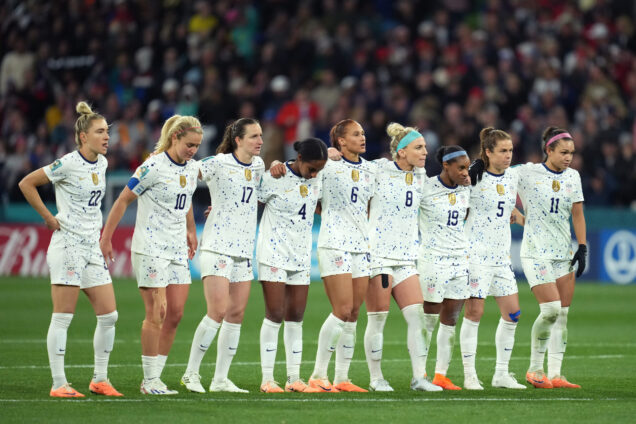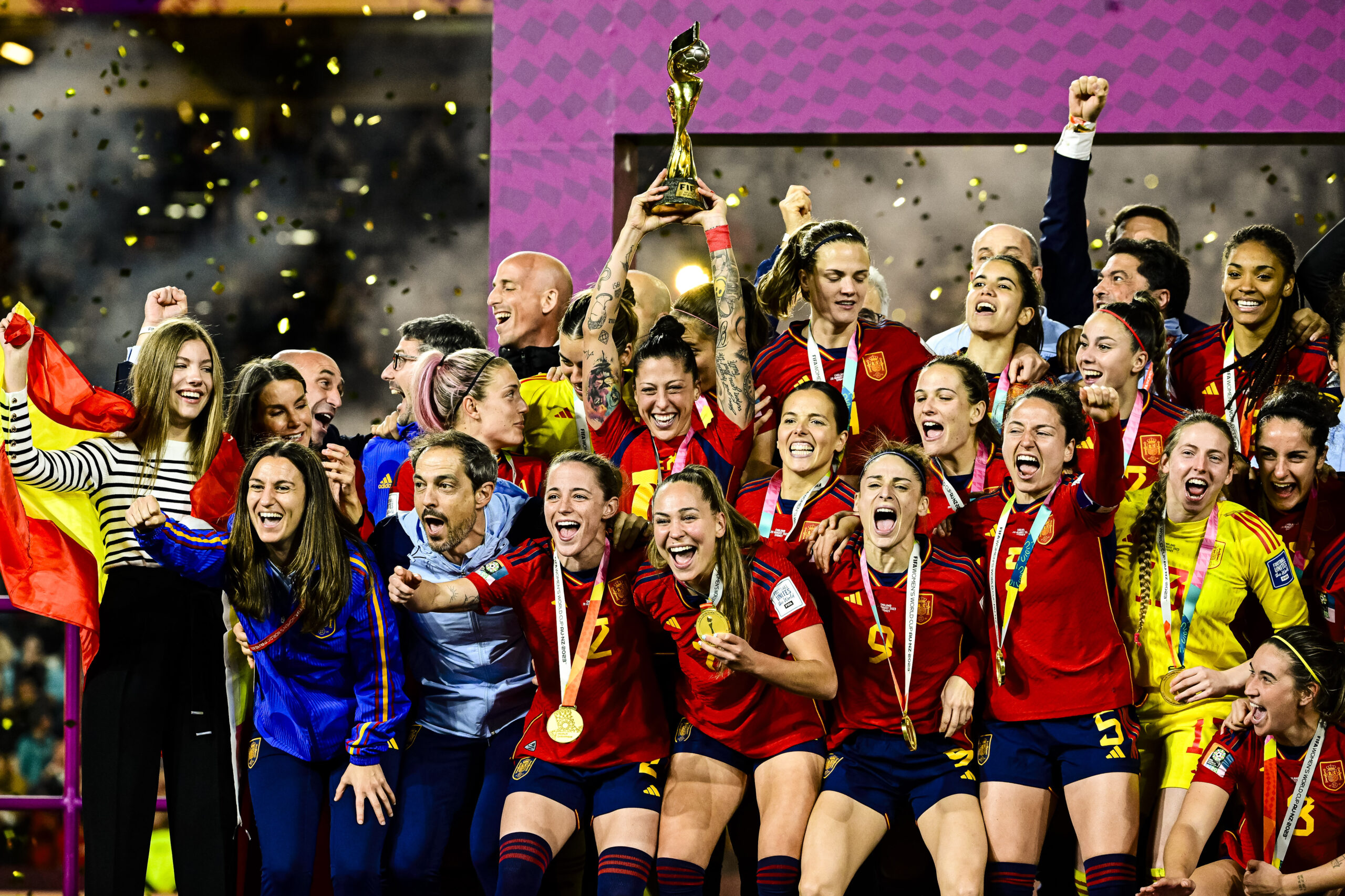All About Women’s Sports: Women’s Soccer is Changing
(Photo Courtesy of James Whitehead/Eurasia Sport Images/Getty Images)
By Claire Guest
Women’s soccer is changing across the globe.
National teams around the world are developing and fielding highly competitive teams capable of winning major tournaments like the World Cup and the Olympics. This change was clear in the recently concluded World Cup where more teams than ever were serious threats to advance and even win the sport’s most coveted title.
The US team’s most recognizable player Alex Morgan shared with ESPN, “It was only a matter of time for the game to get where it is. Us players have been saying that this is going to be the most competitive World Cup ever, and you’re seeing that.”
The Republic of Ireland played in their first World Cup, while Jamaica, Nigeria, Colombia, and Morocco surprised most of the world and made it out of the Group Stages by surpassing some of the most highly ranked teams, such as Germany, Canada, and Brazil.
One of the primary causes of the change in the game is the incredible improvement of the various professional leagues throughout the world. The English professional league, the Women’s Soccer League (WSL), was the most widely represented league at the recent World Cup, and it showed.
Most English National players compete in the WSL, and their collective skill and grit were evident as the English National Team blazed a path to the Final Stage of one of the most highly competitive tournaments, despite losing to the Spanish side in the championship.
In the 2023 UEFA Women’s Champion’s League, the most intense professional tournament in Europe, Barcelona’s Women’s side won the title, highlighting the emergence of the Spanish professional players in recent years.
Of the 23 players on the winning Spanish Women’s National Team, nine women played on Barcelona’s professional team and played pivotal roles on the World Cup-winning team.
Expanded resources are a primary reason for the vast improvement in competitive play.
“You have the women’s leagues around the world becoming financially stable, giving a chance to so many female footballers to play year-round,” USWNT forward Alex Morgan further commented with ESPN.
The increase in Women’s sports investments from their federations, players competing in challenging professional leagues around the world, and the rise in supporters and viewerships has helped the growth of Women’s sports immensely.

The United States Women’s National Soccer team (USWNT) is no longer the dominant force in international competitions and is not the presumed favorite at any of their matches or big tournaments.
The USWNT was knocked out in the FIFA Women’s World Cup game in the round of sixteen– the earliest exit for the USWNT in their history at any World Cup tournament.
Abby Wambach, former USWNT star striker, said in an interview with The Today Show on July 27, “We like to see our Women’s team dominate, and we don’t feel comfortable unless we are up by 2 or 3 goals and that’s just not gonna be the way of the future because other teams are getting better, the other federations are putting so much more money in their programs.”
With the newest FIFA World rankings, the USWNT has been knocked off the top spot for the first time since Mar. 2017.
Sweden, who placed third in the 2023 World Cup, takes the USWNT spot as the new no. 1 ranked team in the world, following the World Cup Winners, Spain, in no. 2, and the USWNT in no. 3.
While the change is significant, especially for fans of the USWNT, the new reality in the sport suggests that better, more competitive Women’s soccer is here to stay and continue to improve.
Trinity Rodman, a USWNT forward said to ESPN, “It only speaks volumes to where the women’s game is going. To know that top teams from the past and present are getting knocked out early proves that all teams are getting better and have the resources to do so.”
